
Dogs
The keeshond, pronounced kayz-hawnd, is a stunning dog with a characteristic facial expression. One of the Arctic breeds, the keeshond is a wonderful companion and loves children.
The keeshond (plural keeshonden) is the national dog of Holland and was used to guard the canal boats in the 18th and 19th centuries. It is thought that the keeshond has an ancestry similar to other Arctic breeds such as the Samoyed, Pomeranian and Norwegian elkhound. Prior to the French Revolution, the keeshond was the symbol of the middle class. The leader of the Dutch Patriot revolt was Cornelius de Gyzelaar, nicknamed Kees. The breed associated with him and the Patriot party became known as the keeshond.
In Germany, the keeshond was known as the wolfspitzen. In France, the breed was known as the chien loup and in Italy, the lupini. In 1920, the keeshond was imported to the United States and was eventually accepted by the American Kennel Club as a member of the non-sporting group in 1930.
The keeshond is a medium sized dog with a long thick hair coat. The muzzle is straight and the ears are small, triangular and erect. The tail is set high and curled over the back. The facial expression of the keeshond is characteristic of the breed. He should have 'spectacles', which are markings and shadings around the eyes with a dark line going from the outer edge toward the lower edge of each ear. The coat around the neck is thick, looking a little like a lion ruff. The legs have thick hair resembling 'trousers'.
The coat of the keeshond is long and straight with a thick undercoat. The color is a mix of grey, black and cream. Some may be darker or lighter. Each hair is tipped with black.
The adult keeshond stands around 17 to 19 inches at the shoulder and weighs about 35 to 50 pounds.
The keeshond is a charming, playful and affectionate dog. They always seem to be happy and love life.
The keeshond is an excellent choice for families with children. The breed is affectionate and loyal and loves to participate in all family activities. The keeshond is typically good with other pets, especially if socialized early. They are good watchdogs and bark when strangers approach.
This breed doesn't require a lot of exercise but does need room to run such as in a fenced yard.
Keeshonden prefer cool climates; they cannot withstand the heat well due to their thick coats.
The keeshond can leave quickly if trained with patience and consistence. They have been trained in obedience and even as trick dogs.
The long coat of the keeshond requires daily brushing. Twice a year, the coat is shed heavily.
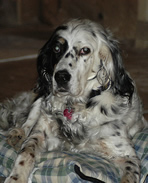 English Setters: A guide to dogs and puppies of the English Setter breed
English Setters: A guide to dogs and puppies of the English Setter breed
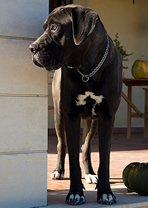 Cane Corsos: A guide to dogs and puppies of the Cane Corso breed
Cane Corsos: A guide to dogs and puppies of the Cane Corso breed
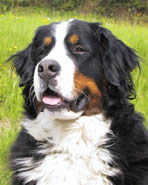 Bernese Mountain Dogs: A guide to dogs and puppies of the Bernese Mountain Dog breed
Bernese Mountain Dogs: A guide to dogs and puppies of the Bernese Mountain Dog breed
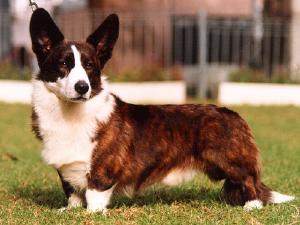 Welsh Corgi (Cardigan)
Welsh Corgi (Cardigan)
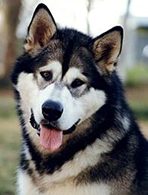 Alaskan Malamutes: A guide to dogs and puppies of the Alaskan Malamute breed
Alaskan Malamutes: A guide to dogs and puppies of the Alaskan Malamute breed
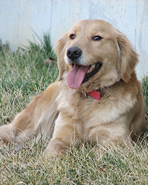 Golden Retrievers: A guide to dogs and puppies of the Golden Retriever breed
Golden Retrievers: A guide to dogs and puppies of the Golden Retriever breed
Copyright © 2005-2016 Pet Information All Rights Reserved
Contact us: www162date@outlook.com